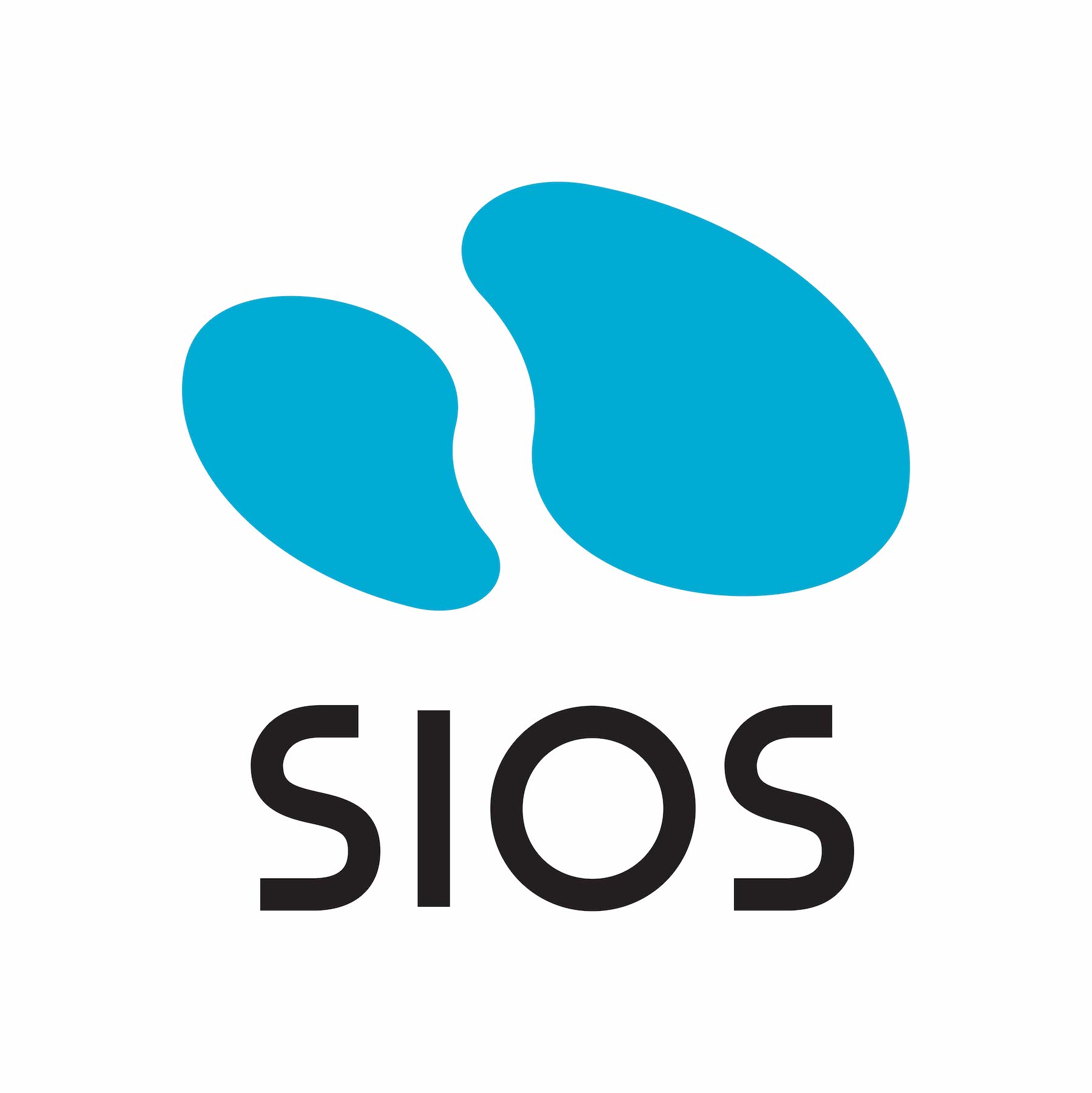In the past three years, one in every five organizations encountered at least one high-profile outage, stats show. The outage trends suggest that the gap between the start of the outage and full recovery has stretched in that time, and will continue to grow linearly.
Historically, businesses have relied on poor disaster recovery (DR) strategies that involve having a backup server in the office basement, or under someone’s desk. But in the past ten years, business continuity solutions have leapfrogged ushering organizations into a new era of DR protection.
Recent technological innovation in the DR and HA (high availability) sectors has brought to companies more options than ever before. Now, there are HA solutions to the rescue. Cloud too offers DR protection with its service availability SLAs.
But modern businesses deploy many mission-critical applications and databases that have very low tolerance for downtime. Cloud availability zones offer decent protection against failures, but do not cover network outages and natural disasters, which puts organizations one emergency away from unplanned financial losses.
High complexity and reduced control that are typical to public cloud further make DR testing a struggle for IT teams. To add to that, the shortcomings of HA clustering solutions make failover across multiple availability zones and cloud regions an ongoing struggle.
SIOS, a company working at the substrata of disaster recovery and high availability, recently launched a new version of their high-availability software, LifeKeeper for Linux. LifeKeeper for Linux v9.7 features a set of replication capabilities aimed at ensuring high availability for SAP HANA databases.
So we sat down with SIOS to learn about the new HANA multitarget replication features packed in the LifeKeeper for Linux v9.7.
Downtimes Carry Hefty Price Tags
One of the biggest complaints of SAP HANA customers is around high availability protection. The growing number of manual tasks involved in DR testing and failover maintenance creates room for errors and omissions which translate to prolonged downtime and revenue loss.
When disaster strikes, the common expectation is that the IT team will come up with a magic remedy that gets things back up and running within a day or so. Unfortunately, IT teams have no such trick up their sleeves that can restore an entire infrastructure without financial ramification mounting to thousands of dollars.
SIOS LifeKeeper for Linux
SIOS LifeKeeper for Linux is a high-availability software for databases on Linux. It is designed to provide applications high availability in Linux environments, whether it’s in public cloud, on-premises, or in a hybrid cloud environment.

LifeKeeper for Linux enables automated orchestration of failover when applications need it the most, providing reliable and consistent uptime protection. Sitting in the background, it observes the stack for faults and failures. Plug-ins for different applications collect application-specific intelligence that keeps LifeKeeper informed about what the software need.
Offering complex applications running in SAP HANA, Oracle and other systems availability round the clock, LifeKeeper remains one of SIOS’s flagship solutions.
The New Release
Formerly, LifeKeeper supported multitarget replication of up to three nodes. The new multitarget replication capabilities extend that to up to four nodes for SAP HANA. Other databases supported by LifeKeeper include SQL Server, MaxDB, and Oracle.
LifeKeeper minimizes downtime by running two or more redundant servers so that when operation fails on one, the standby server takes over. LifeKeeper leverages the HANA System Replication to provide automatic failover when required.
The HANA Multitarget node replication feature enables organizations to run a multitarget availability environment for HANA databases, taking this failover process to the next level.
Customers can configure failover depending on the unique setup and requirements of their applications, to leverage an efficient switchover that takes near zero downtime maintenance.
Users can add extra nodes to their DR locations without having to do complex scripting or manual works. The HANA application recovery kit (ARK) responsible for automation of cluster configuration makes ongoing management remarkably simple and convenient.
LifeKeeper supports synchronous and asynchronous replication, meaning databases can be replicated from a primary HANA node to a secondary node in the same cloud region synchronously, and from a primary to a tertiary node in a different location, asynchronously.
Automatic replication to DR site ensures that recovery from failures, disruptions and disasters happens at zero effort.
Next Phase of Development
Already LifeKeeper provides huge time and cost benefits by replacing error-prone manual DR testing and failover maintenance tasks with automation, eliminating expensive downtimes. The software installs within an hour, and works significantly faster than other clustering solutions. But SIOS has more features on the way.
In the next phase of development, SIOS is focusing on the usability and GUI, introducing more innovation and making sure that customers’ interaction with the product is seamless.
In Conclusion
Where critical applications are concerned, even the briefest downtimes have catastrophic consequences. SIOS LifeKeeper for Linux powered with the SAP HANA multitarget replication feature for up to 4 nodes enables organizations to avert costly IT disruptions and ensure business continuity with reliable DR protection across availability zones, cloud regions and geographical locations. By leveraging it, organizations can avert downtime halts that put limits to organizations’ ability to operate, with reliable and effective failover.
For more on SIOS LifeKeeper for Linux and its new replication capabilities, visit their website. For more stories like this, keep reading here at Gestalt IT.

